How would you describe your work?
Mine is a sensory-emotional architecture because its main aim is to reach the visitors’ heart by arousing unique emotions. Our human-being is nothing without emotions, and contemporary men use their senses to fulfill their desire to discover the world and to find their place in it. Sensory architecture goes beyond the sense of sight, reaching out and satisfying the deepest needs of a human being. Each work of mine tells a very meaningful and emotional story, turning life experiences into something tangible, to lead men in the search for his wellness as well as a better way to experience everyday life.
My sensory architecture is synesthetic as it chooses a multi-sensorial approach between the work and the user. Forms, colors, surfaces and temperature, sounds, essences and flavors must be explored beyond their immediate effects. My architecture is contemporary. What really matters to me is man, his needs and transformations.
Each of my interior design work is a look at the present toward the future.
Describe yourself in three words.
Dynamic, as I can’t stand in the same place for more than a few days, which makes me travel a lot around the world. I’d also define myself as an accurate reflective observer as well as a great listener: this is the key to never stop learning because any kind of situation can give you new point of views on reality. I consider myself a good teacher because I do believe professional experience and personal wisdom must be shared with those who want to learn.
What does color mean to you? How do you match it?
Light and colors are the core of my architecture and interior design projects. They represent the vivacity and energy that make life be fascinating and expressive, just like a piece of art. Colors arouse deep emotions and feelings and I use them to fill a space with energy, to stress the playful side of a house, to deconstruct the average look of an office, to enhance the harmony of Spas and hotels. Color match does not follow any particular rule because colors are part of a tridimensional language with which my work communicates and relates with the outside world.
If I say “design” you say?
Communication. The importance of communication is double: it obviously tells the story of a work but it also gets in touch with the users on deeper levels. The work presents itself through a tridimensional language made of signs, contents and forms that connect it with the observes by offering them an ever-new experience based on their expectations and desires.
What would you never do in your work?
I don’t follow any particular rule when planning a new work. I would never give up on my guidelines in terms of project development and I would never do something against those precepts.
When designing a new project, what is your source of inspiration?
To me each interior design project is a new challenge and my sources of inspiration are basically reality and the features of the environment that is going to host my work, as well as the needs and demands of the client. I believe that boundaries are not limits but just a mean to create new visions and perspectives. Creating a new work always makes me energetic, enthusiast, encouraged and progress-oriented.
Do you have a dream house or you’ve already turned it into your actual home?
My home already embodies my dreams. It is the perfect mix of the opposites that are crucial to our well-being: proximity to nature, a feel of intimacy, a high-tech side and new forms. I wanted my home to be a free quiet space where to easily experience the everyday life and host my friends in an unconventional way. To that end, I designed a pure volumetric space dotted with brilliant green and orange hues to represent what life means to me and my wife Roberta. However, desires and experiences change with time, and so does their transfiguration into reality.
You’re also a professor. Which are the pros and the cons in teaching this subject to young students?
Everything works because my students are always willing to listen and learn about this job and its actual true application. I’ll tell you this: one day I told my student to design the interior design of a cheap yet high-quality hotel room. Almost no one hit the target and most of them exceeded the budget. I told them that economy is not just a matter of low priced materials but also a matter of lines, forms and spaces. Over-filling a room by upholstering walls and floors without respecting their simple essence is not a choice that leads to beauty. Respecting the demands of the clients and understanding the needs of the contemporary context is what really takes to create a satisfying interior design project.
What’s the city of the future in terms of design?
To me, the city of the future is an everlasting lab of tests and mixes aimed at supporting men in their activities. An high-tech city made of places that promote the creation of a dynamic active social network. A beautiful city, with parks, museums, cultural venues and meeting places. It will be designed down to the details to relate with nature in an authentic way, respecting anyone’s needs and giving to anyone their space. We already have the means to create something like this, so the city of the future might be the one we live in.
What’s the must-see event of 2015?
Mipim: the international real estate event I’ve been participating in for several years. It represents a great chance to meet and interact with the most important operators of the global real estate field. It also presents the contemporary opportunities in terms of territory-development, the latest and coming up trends, making its participant create a solid interactive network with the key players of the global real estate market: a crucial look at the near future.
INFO: http://www.simonemicheli.com/
Photo Courtesy Juergen Eheim
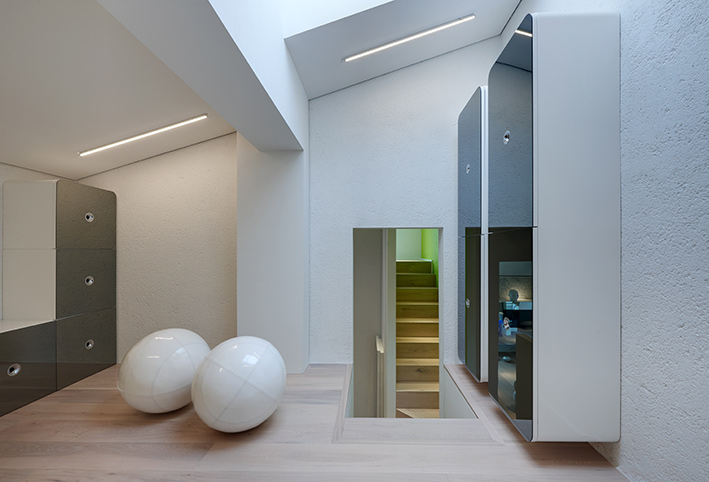

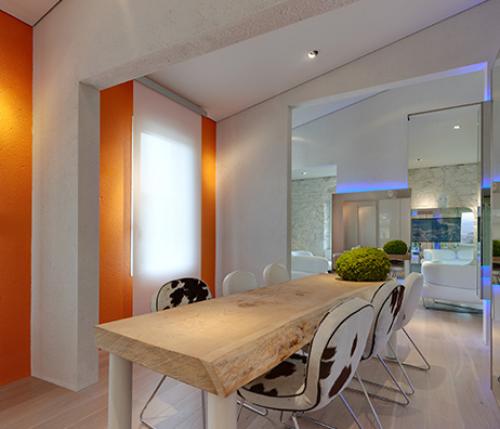
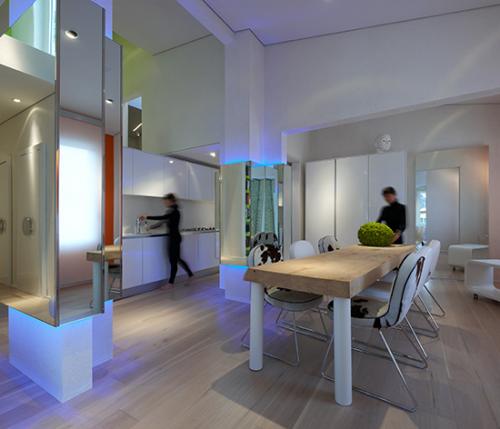
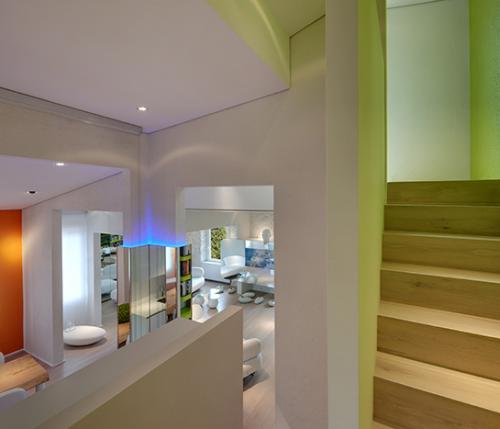
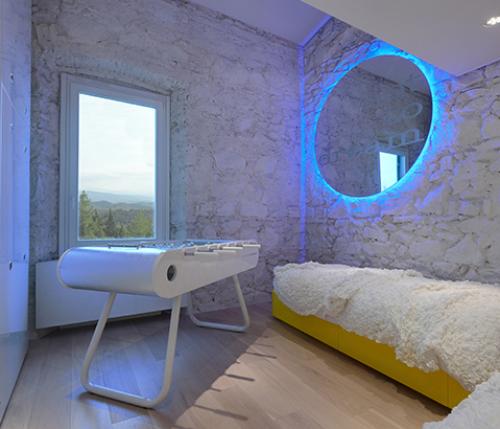
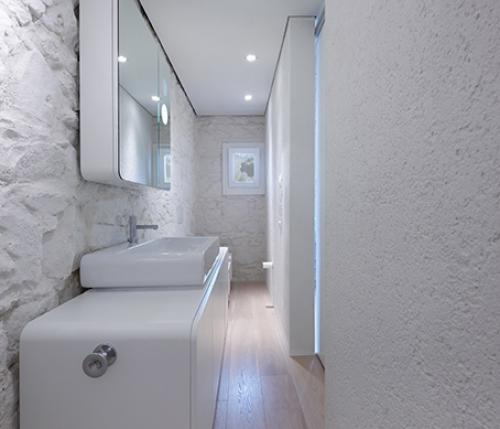
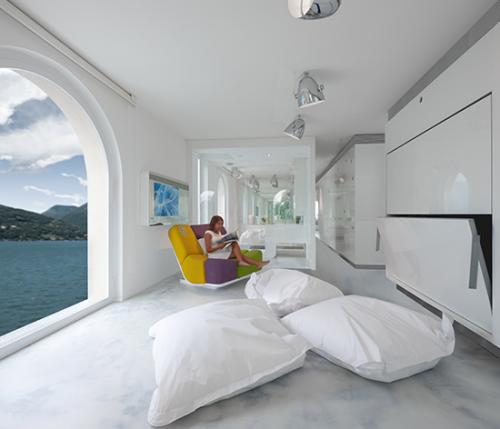
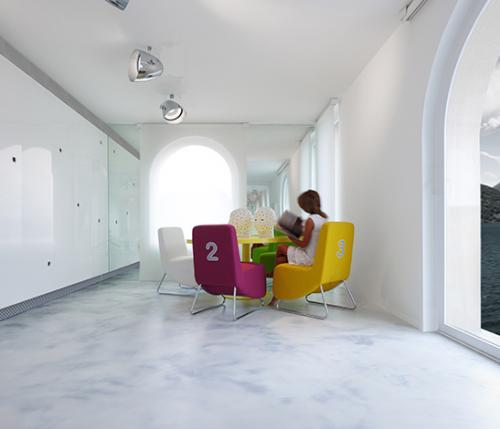
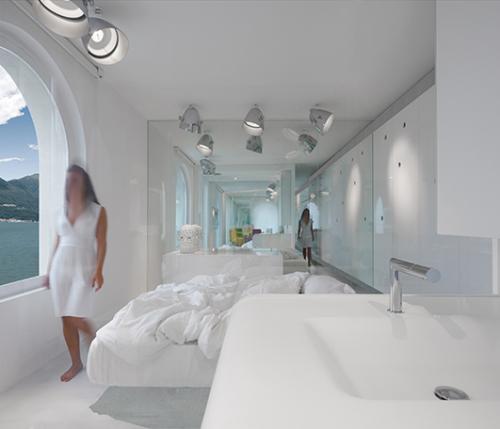
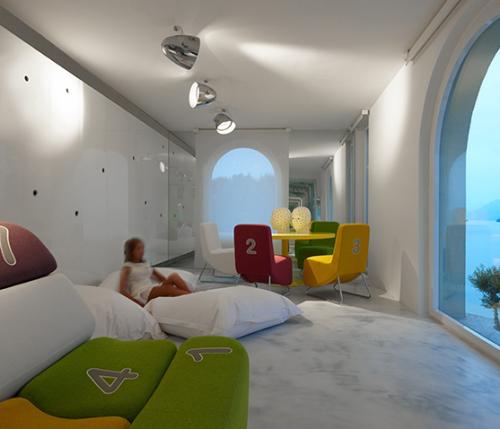
 Workspace Design Show: 2024 UK Edition
Workspace Design Show: 2024 UK Edition  Open-air elegance: Claudio Bellini x Higold, the symphony of outdoor design
Open-air elegance: Claudio Bellini x Higold, the symphony of outdoor design  A stylish oasis for outdoor spaces
A stylish oasis for outdoor spaces  How to capture your property's best features
How to capture your property's best features